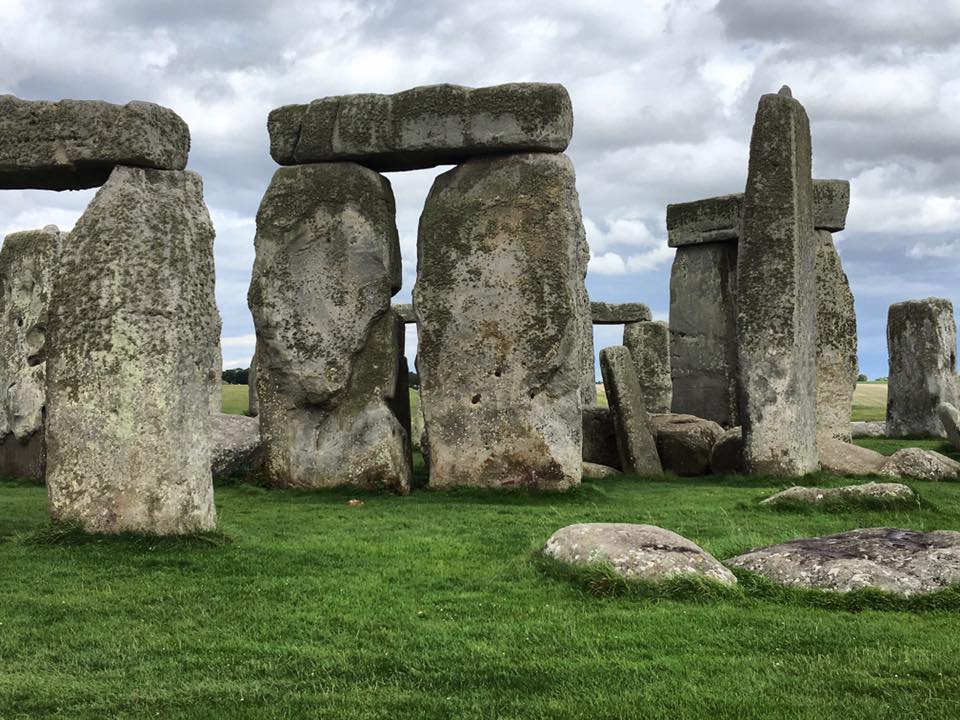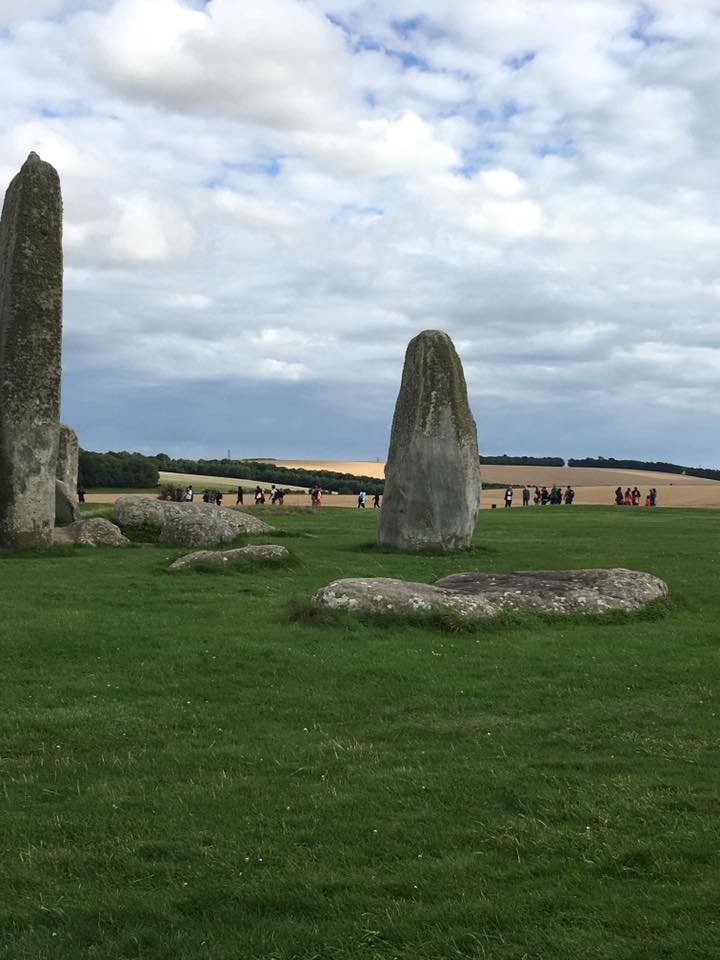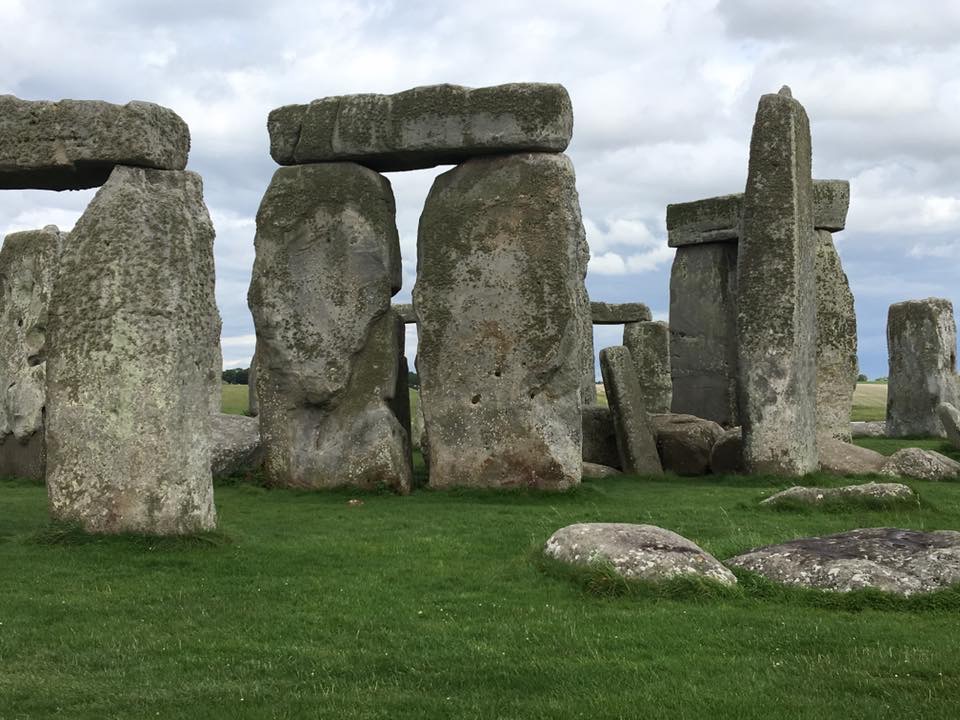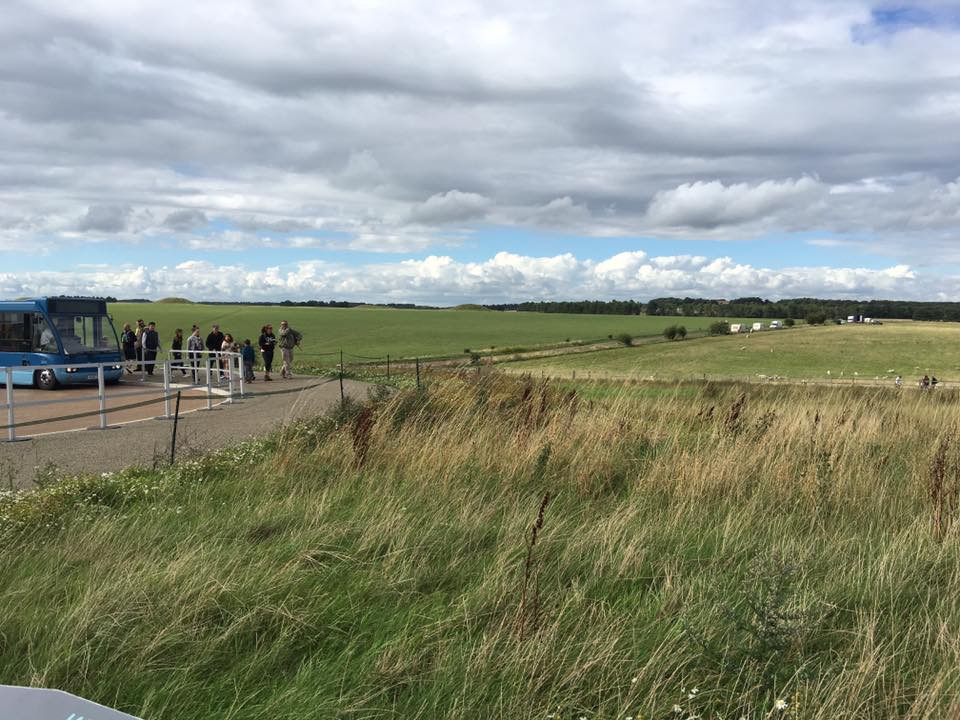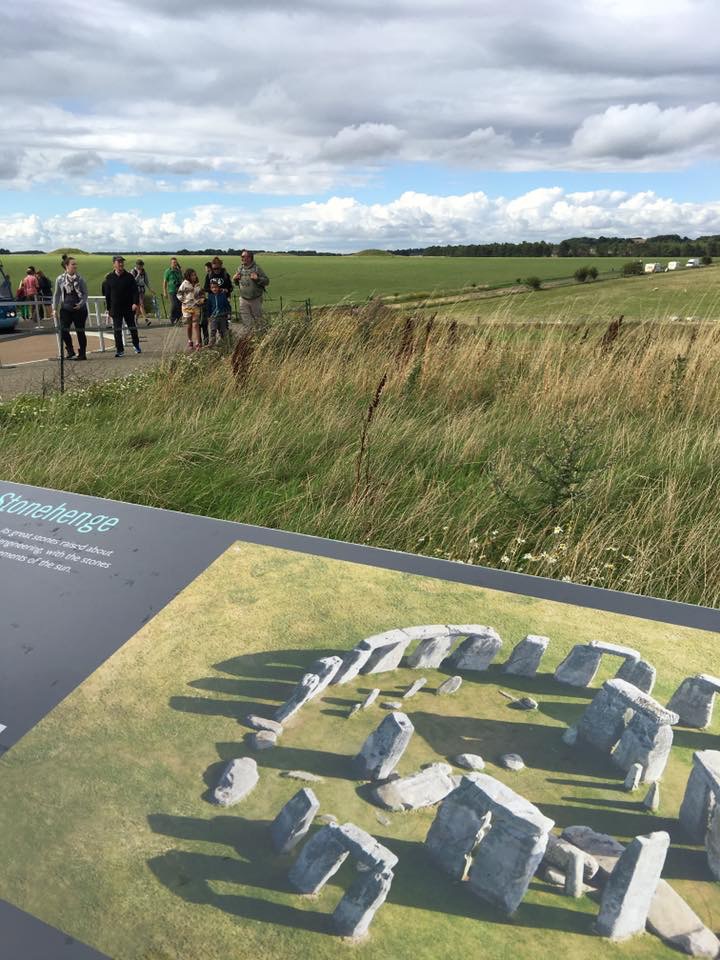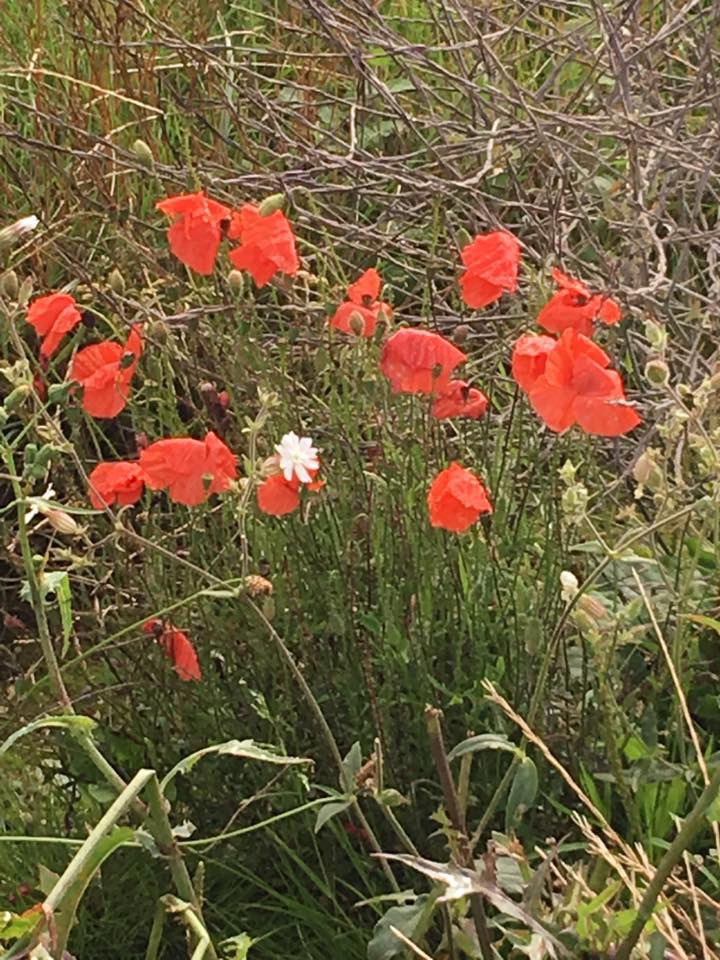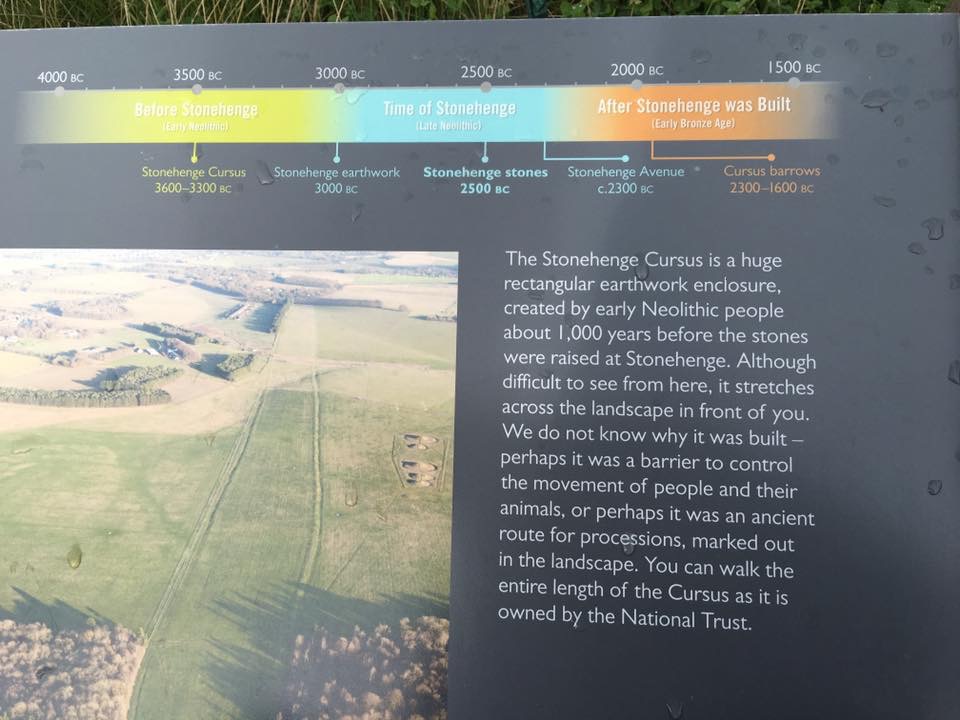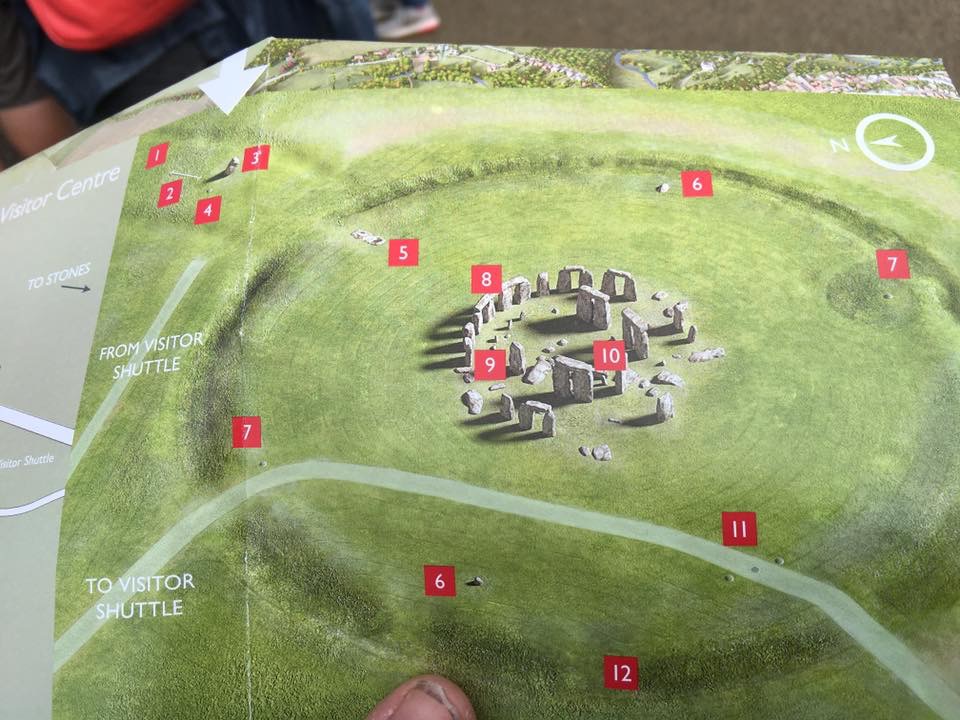Stonehenge
August 5th, 2017
Today I visited Stonehenge in Wiltshire, England. It was an amazing experience and a highlight of our trip around England, Scotland, Wales and Paris. It was a surreal feeling being so close to the magnificent stone structure. It was an overcast day and very cold day so I was rugged up.
As I made my way around Stonehenge I took many photos and soaked up the charged atmosphere. The druids built the structure and used it to celebrate the summer and winter solstice and other pagan events.
Information from Wikipedia:
It consists of a ring of standing stones, each around 13 feet (4.0 m) high, seven feet (2.1 m) wide, and weighing around 25 tons. The stones are set within earthworks in the middle of the most dense complex of Neolithic and Bronze Age monuments in England, including several hundred tumuli (burial mounds).[1]
Archaeologists believe it was constructed from 3000 BC to 2000 BC. The surrounding circular earth bank and ditch, which constitute the earliest phase of the monument, have been dated to about 3100 BC. Radiocarbon dating suggests that the first bluestones were raised between 2400 and 2200 BC,[2] although they may have been at the site as early as 3000 BC.[3][4][5]
One of the most famous landmarks in the United Kingdom, Stonehenge is regarded as a British cultural icon.[6] It has been a legally protected Scheduled Ancient Monument since 1882, when legislation to protect historic monuments was first successfully introduced in Britain. The site and its surroundings were added to UNESCO‘s list of World Heritage Sites in 1986. Stonehenge is owned by the Crown and managed by English Heritage; the surrounding land is owned by the National Trust.[7][8]
Stonehenge could have been a burial ground from its earliest beginnings.[9] Deposits containing human bone date from as early as 3000 BC, when the ditch and bank were first dug…
An announcement in November 2020 stated that a plan to construct a four lane tunnel for traffic below the site had been approved. This was intended to eliminate the section of the A303 that runs close to the circle. The plan had received opposition from a group of “archaeologists, environmentalists and modern-day druids” according to National Geographic but was supported by others who wanted to “restore the landscape to its original setting and improve the experience for visitors”.
https://en.wikipedia.org/wiki/Stonehenge




